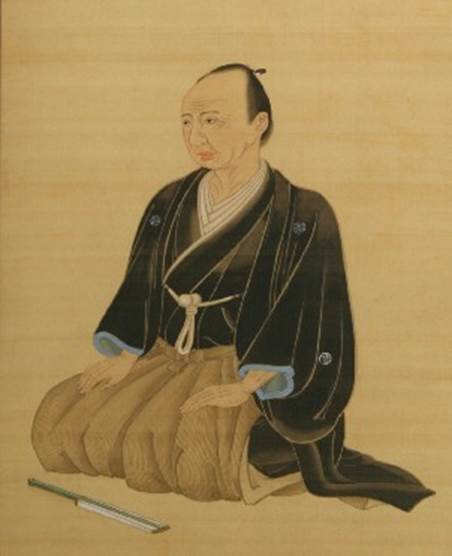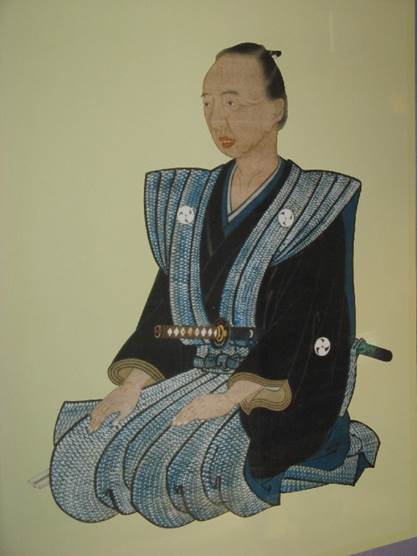ZEN MESTEREK ZEN MASTERS
« Zen főoldal
« vissza a Terebess Online nyitólapjára


石田梅岩 Ishida Baigan (1685-1744)
![]()
石問心学 Sekimon Shingaku
https://nihonsi-jiten.com/sekimon-shingaku/
石門心学の基盤
「先も立ち、我も立つ」という言葉を言っているように、まず相手のことを思い、そして自分のことを思うということです。自分のことばかり思っていては、物事はうまく成り立ちません
✔「勤勉(きんべん)」
人間は労働により食を得るように生まれており、その心をもって苦労して努めれば「心は安楽になる」と説いています。
✔「倹約(けんやく)」
お金を貯めるという意味ではなく、物の効用を尽くすという意味です。梅岩は「世界に三つ要る物を二つにて済むようにするを倹約と言う」と言っており、余分なものを作らず、ものを使い尽くすと説いています。
✔「正直(しょうじき)」
https://www.britannica.com/biography/Ishida-Baigan
https://prabook.com/web/baigan.ishida/1345127
https://de.wikipedia.org/wiki/Ishida_Baigan > https://de.linkfang.org/wiki/Ishida_Baigan
https://ru.wikipedia.org/wiki/%D0%98%D1%81%D0%B8%D0%B4%D0%B0_%D0%91%D0%B0%D0%B9%D0%B3%D0%B0%D0%BD
PDF: Kensho and the Unborn Buddha Mind; Shingaku, Enlightenment Intensive and 'Big Mind TM'.
©Ron Henshall April 2008.PDF: The Perception of Work in Tokugawa Japan: A Study of Ishida Baigan and Ninomiya Sontoku,
Ph.D. dissertation by Eiji Takemura
School of Oriental and African Studies, University of London
Microform Edition © ProQuest LLC. 2017
Baigan's successor:
手島堵庵 Teshima Toan (1718-1786)
Variants: 手島堵奄, 手島堵菴
https://nirc.nanzan-u.ac.jp/nfile/2554
Confucian Values and Popular Zen: Sekimon Shingaku in Eighteenth-Century Japan
by Janine T. Anderson Sawada
University of Hawaii Press,1993
From the Back Cover
Although East Asian religion is commonly characterized as "syncretic", the historical interaction of Buddhist, Confucian, and other traditions is often neglected by scholars of mainstream religious thought. In this thought-provoking study, Janine Sawada moves beyond conventional approaches to the history of Japanese religion by analyzing the ways in which Neo-Confucianism and Zen formed a popular synthesis in early modern Japan. She shows how Shingaku, a teaching founded by merchant Ishida Baigan, blossomed after his death into a widespread religious movement that selectively combined ideas and practices from these traditions. Drawing on new research into original Shingaku sources, Sawada challenges the view that the teaching was a facile "merchant ethic" by illuminating the importance of Shingaku mystical experience and its intimate relation to moral cultivation in the program developed by Baigan's successor, Teshima Toan. This book also suggests the need for an approach to the history of Japanese education that accounts for the informal transmission of ideas as well as institutional schooling. Shingaku contributed to the development of Japanese education by effectively disseminating moral and religious knowledge on a large scale to the less-educated sectors of Tokugawa society. Sawada interprets the popularity of the movement as part of a general trend in early modern Japan in which ordinary people sought forms of learning that could be pursued in the context of daily life.Full contents